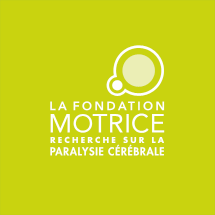What TFWA Care did for... La Fondation Motrice
La Fondation Motrice is a Paris-based organisation which funds research on cerebral palsy, one of the most frequent motor impairment disorders among children. In France alone, cerebral palsy affects one in 450 children and 12,000 new cases are identified every year in Europe. Through its work, La Fondation Motrice aims to fulfil the hopes of people with the illness and their family.

